A few years ago, I listened to a piece on NPR’s Inflection Point. The guest was a brilliant behavioral designer from Stanford. She explained that when she approaches a project, she starts with the future in mind. She talked about imagining future possibilities. “Why not,” she said, “imagine an awesome future?”
I’m going to begin in the same way. What I hope to accomplish with my story is to change the common perception of what it means to live with diabetes. I hope to ignite something in someone—to spark an idea that could change lives.
I come from the world of campaigns and politics where we are taught to share through storytelling. I want to talk about health, technology, and diabetes through the lens of my own life.
The climbing bug hit me hard
In 2014, the climbing bug hit me hard. I started spending all my free time in climbing gyms. And I spent all my spare change on climbing gear. This recent shift in my life brought with it community, strength, and new heights of self-confidence even though I was only in my early twenties. Life was good.
I was feeling so good, in fact, that I applied for a “Live your Dream” climbing grant from the American Alpine Club and the North Face to climb in the French Alps during the summer of 2015.
As a budding rock climber and mountaineer, going to Chamonix meant a chance to take my skills to the next level. In February, when I found out I had received the grant, I pushed full steam ahead to train and grow my skill set. I outlined a series of climbing trips to help me prepare.
In May of 2015, I planned a trip to climb Mt. Whitney in California. When the weekend was finally upon us and we started our climb, we were greeted with an unexpected storm that dumped about 4 feet of fresh snow on the mountain.
Strange symptoms on Mt. Whitney
After just a few hours on the trail, I started feeling completely defeated. I didn’t want to let my partner down or let it appear that I was incredibly out of shape. So, I cinched my pack down and kept on trucking forward. But something was off.
My head hurt, but it wasn’t the familiar pounding from altitude. My stomach was in knots, but I assumed it was just the borrowed pack sitting awkwardly on my abdomen. And why, I wondered, did I have to stop and use the restroom every 15 minutes?
♦♦Love Our Content?♦♦
Sign up for our Newsletter Here
I didn’t want to admit it, but I wanted to turn around and go back down so many times. Just when things seemed too difficult and I couldn’t take more than 10 steps without stopping, the clouds broke and I finally saw the towering granite spires of Mount Whitney’s summit.
With that motivation, we pushed on to high camp to spend a freezing sleepless night near the summit. In the morning, all hopes of an alpine start melted into the sounds of wind whipping past our tent. When the sun finally shone through, we hustled up a steep snow gully for the summit ridge.
Just a few hundred feet shy of the summit, we decided to turn around—dark storm clouds were looming on the west side and the white mist of the morning was now engulfing us to the east. Without ropes, we were not willing to break trail in fresh snow over loose rock.
My life changed forever
As we descended, my symptoms started to abate. I thought, perhaps, what I had been feeling was altitude sickness after all. When we finally got back home, however, I still wasn’t fully recovered.
Of course, I thought, I was run down from the trip and the climb. But soon, intense thirst and dehydration started to cripple me. After a week of these symptoms and sleepless nights running to the bathroom upwards of 3 times, I administered a home glucose test and discovered I had dangerously high blood sugar.
On May 29, my life changed forever. I was rushed to the ER and soon diagnosed with Type 1 diabetes.
Facing the challenge
I want to quote from someone that I look up to. Maybe you all remember the rock climber Tommy Caldwell who is well-known for free climbing the dawn wall on El Capitan in Yosemite. In his Ted talk, he spoke about adversity, especially referencing the moment when he severed his finger with a table saw. He shared these thoughts:
“If we reframe adversity as adventure, we allow ourselves to be exposed to challenge, that challenge can energize us and show us who we are.”
Even if we don’t open ourselves up, conflict is going to find its way in. After all, conflict is natural so we should make an effort to be prepared. Now, obviously, I was not prepared for the huge challenge that I was about to face being diagnosed with Type 1 diabetes.
The day that I was diagnosed, part of me felt like a victim. But another part of me remembered that I have overcome. I had faced challenges in my life before and I could turn this hardship into something else. After all, hardship is what makes us feel more deeply. And the ability to truly feel creates passion. And passion is what leads us to defy the odds.
My diagnosis led to a rebirth of who I was
When I left the hospital, I wasn’t feeling sorry for myself. I was feeling the drive to understand the future. I was focused on how I was going to be able to keep climbing. And how I was going to incorporate diabetes into my life. This was a rebirth of who I was and how I was going to accept the disease and a different lifestyle, but keep on climbing.
Now, I want to take a moment and not discount the hardship and the pain realizing that life is drastically different with a diagnosis of Type 1 diabetes.
While I chose at that moment to focus on the future and let passion and determination push me to keep climbing, I honestly say that life with diabetes is not easy. There are many days that are hard. Times that you just want to pretend that you don’t have to prick your finger 20 times a day. Or pretend that you don’t have a disease that limits what you eat and then makes you feel sick for no reason.
Sometimes, you must let it go
Being strong doesn’t mean that you can’t show defeat. Just like in climbing, if the weather is bad, if the conditions are not right, and you’re not feeling it, you must let it go. You give in.
You accept that this time, the mountains are going to win. Similarly, with diabetes, I may not ever conquer this disease, but I can open myself up to vulnerability, let people in when I need help, and find support amongst others to feel better.
Being vulnerable and reaching out—showing that this disease can have a difficult and sometimes heartbreaking effect on my life is not weakness. It is strength.
Mountaineers who are honest and turn away when the conditions are bad when the avalanche risk is too high are the smart ones. They’re the ones that acknowledge that mother nature is more powerful than we are. And it is more important to face another adventure than to give everything up for this one chance.
This is how climbing has been a metaphor for my life. This is how I continue every day and wake up with a positive attitude and try.
Related Content: How to Make Managing Diabetes a Good Habit
Getting geared up
After diagnosis, I brought that determination with me when I walked into my endocrinologist’s office and asked:
“What do I need to do to get this under control so I can continue to climb?”
My healthcare providers became my team. They were willing to help me get there. But first, I needed more gear. this, of course, was music to my ears.
They outfitted me with a continuous glucose monitor (CGM) from Dexcom. With this tool, I was able to get real-time results of my blood sugar levels and additional information on what direction it’s trending in.
This technology radically changes the daily life of any diabetic. In fact, it has been clinically proven that CGM users experienced an average 1% reduction of their blood glucose levels (A1C) after 24 weeks of regular use.
But for a mountain athlete, this became my lifeline. A clear insight into the fluctuations of my blood sugar as I would move through the mountains. In the first month, this tool showed me things I couldn’t even feel or predict.
Ready for France
Just a few short months after diagnosis, it was time to head out to France. For as much research as I had put into the trip, nothing could have prepared me for the experience of seeing the mountains for the first time.
From the Aiguille du Midi station, we roped up and descended the ridge to the Col du Midi plateau. Finally, on the glacier, I had a real moment of awakening. I felt the culmination of emotions from planning this expedition and the course of my own life.
I remember tears streaming down my face just acknowledging the work I had put in to achieve this goal. With this larger-than-life backdrop, it is inevitable to feel so small, yet I have never felt so alive and connected to the world around me.
I don’t have words for some of the experiences that I have had, so I’ll let these photos do the talking. 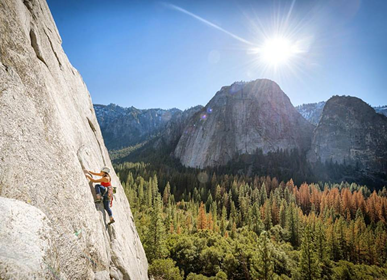
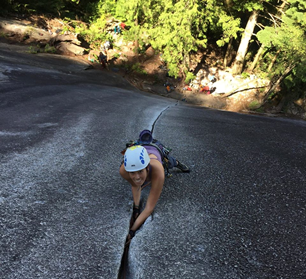
What I can tell you, though, is that these mountains are an unforgiving place for people. Despite that, I didn’t let diabetes stop me from trying myself in this terrain.
CGM changed my life
My CGM has allowed me to be a ski mountaineer and rock climber in Yosemite. It also makes some of life’s simpler tasks possible for a diabetic.
For example, I don’t have to worry about dying in my sleep from dangerously low blood sugars because I have an alarm. Further, the closest people in my life also get notifications on their phones.
I can go to class and discretely manage my disease so that I can focus on my future. My friend with a diabetic child can finally sleep through the night for the first time in 4 years instead of having to wake her daughter up every few hours to prick her finger. This is life-changing technology.
My life is fuller than before the diagnosis
In the 18 months after I was diagnosed, I lived a fuller value life than in the years without diabetes. And, since then I continue to take on new challenges
- A few years ago, I learned how to backcountry ski so I could travel more efficiently in the mountains and ski off summits because walking down takes too long. On the one-year anniversary of my diagnosis, I skied off Mt Shasta.
- I also decided that my hate for running needed to change. Using my CGM, I’ve worked out better fueling and insulin demands of my body during my high output cardio. I ran my first half marathon with perfect blood sugar.
- I’ve met new friends with diabetes and we’ve had climbing meetups for Type 1 diabetics.
- As part of a trip report for the climbing grant I received, I did an Instagram take over for the American Alpine Club. I was able to share my story of climbing with diabetes with their 115,000 followers.
Ultimately, I decided to go back to school to become a nurse practitioner. One of the biggest motivations for that decision was my experience at the intersection of health and technology in diabetes care.
I became a licensed nurse in 2019 and worked briefly as an RN Diabetes Educator at UCSF’ Benioff Children’s Hospital before taking a position as an RN at the George Mark Children’s House’s Center of Excellence in Pediatric Care. I am currently a nurse practitioner trainee at the VA in San Francisco.
The bottom line for me
I wanted to become a nurse practitioner because I see a discrepancy in healthcare delivery. These innovations are ground-breaking, they are changing lives, but not enough. We can do better. We are only as strong as our most vulnerable. Together, we can shed light on the changing face of this disease by investing in more research and support.
It is very easy to look at the data and forget the individual that lives behind each point. So let me represent one data point to remember—and that is the impact that full access to these technologies can have.
First published 5/16/17. Reviewed and updated for republication 2/20/21.
Chelsea Gelbart
Chelsea Gelbart is a Registered Nurse at George Mark’s Children’s House, Center of Excellence in Pediatric Palliative Care in the San Francisco Bay Area. She is also a Nurse Practitioner Trainee at the U.S. Department of Veterans Affairs, also in the SF Bay Area.
Prior to that and right after nursing school, she worked as an RN Diabetes Educator at UC San Francisco's Benioff Children's Hospital. She attended nursing school at UCSF, graduating in 2021.
Chelsea was diagnosed with Type 1 diabetes in 2015 at the age of 24. She has been a patient advocate as a part of Dexcom's Warrior Ambassador Program. Her vision is to defy the misconception and stereotypes of diabetes by living beyond her disease through adventure.
She finds strength and courage through rock climbing, ski mountaineering, and trail running. Chelsea is an American Alpine Club climbing grant recipient. She continues her work to cultivate leadership, and empower more women and girls in the outdoors by sharing her big mountain experiences.
Comments:
Leave a Reply
Comment will held for moderation

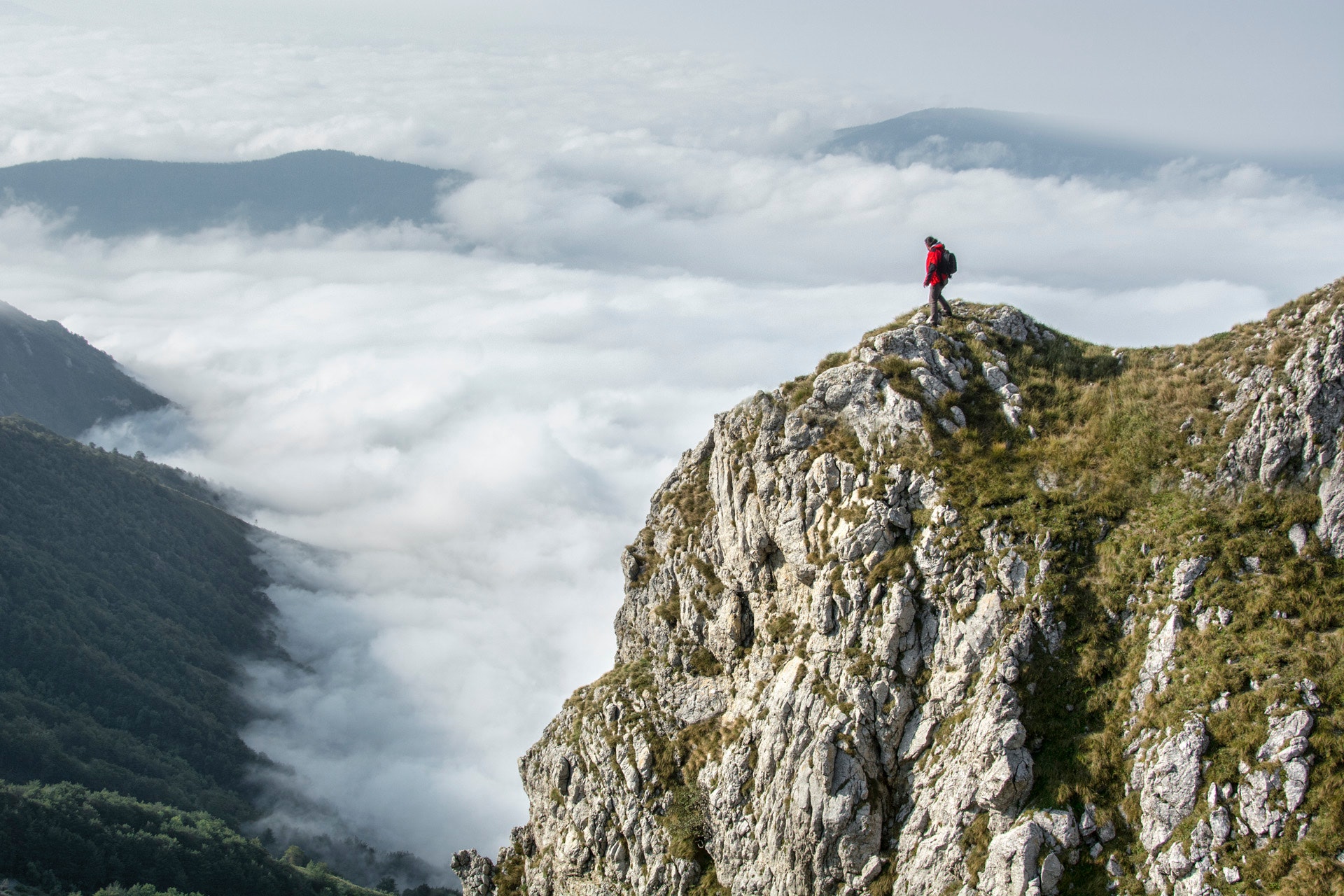

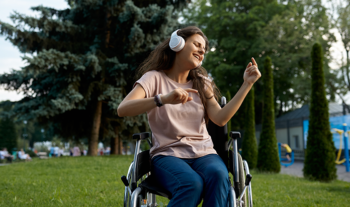

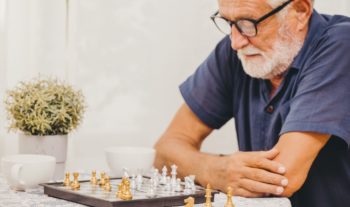


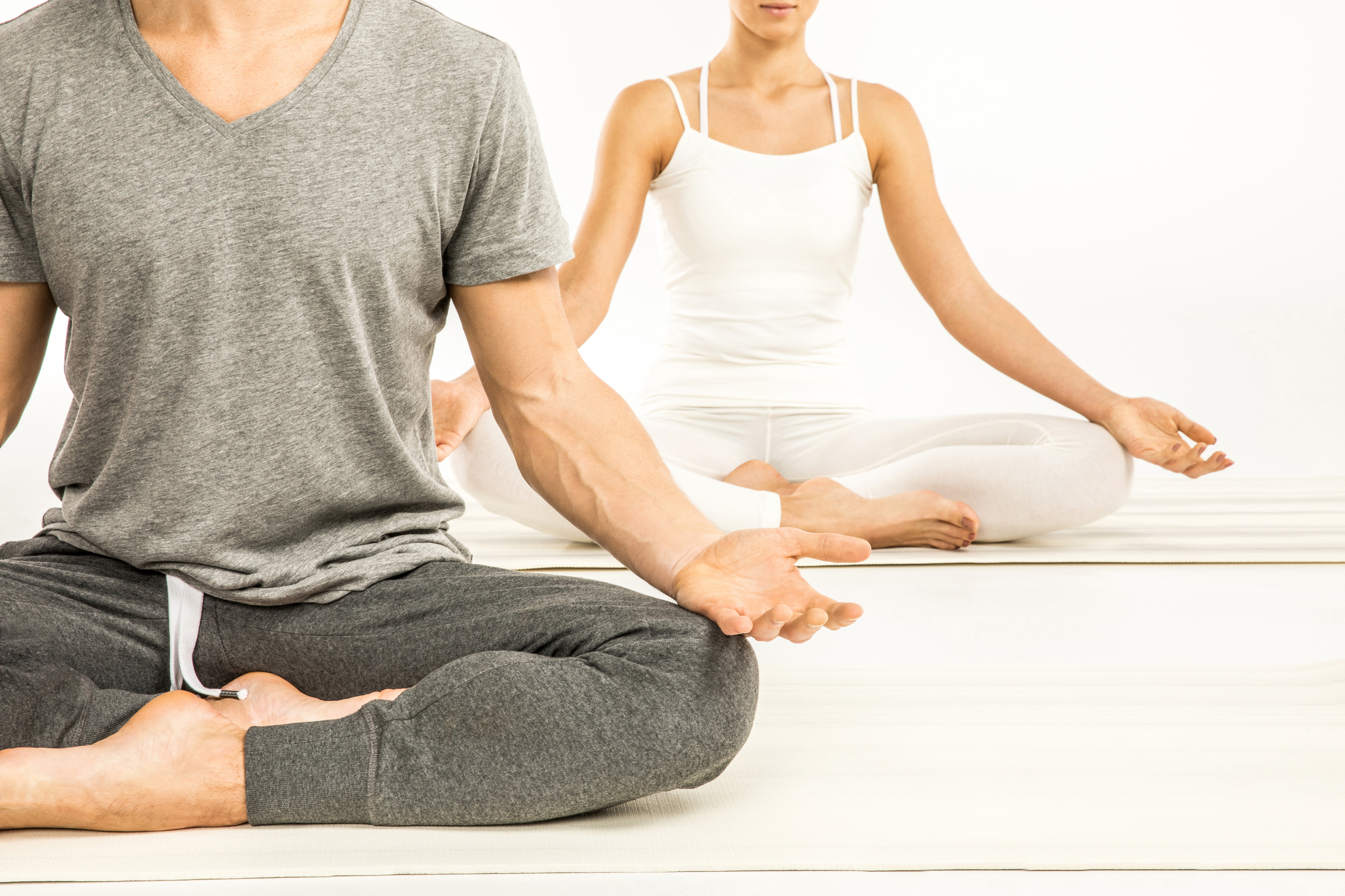
Wow – this is a great article demonstrating the stamina of the human spirit, determination to succeed, and security knowing you can handle your health. You overcame many obstacles to ensure that you got to make that climb in the Swiss Alps. I am sure making climb gave you the sense of accomplishment to inspire you every day to do the things that you want. Congrats on your climb(s) and hope you have many more.